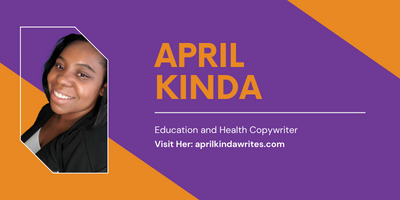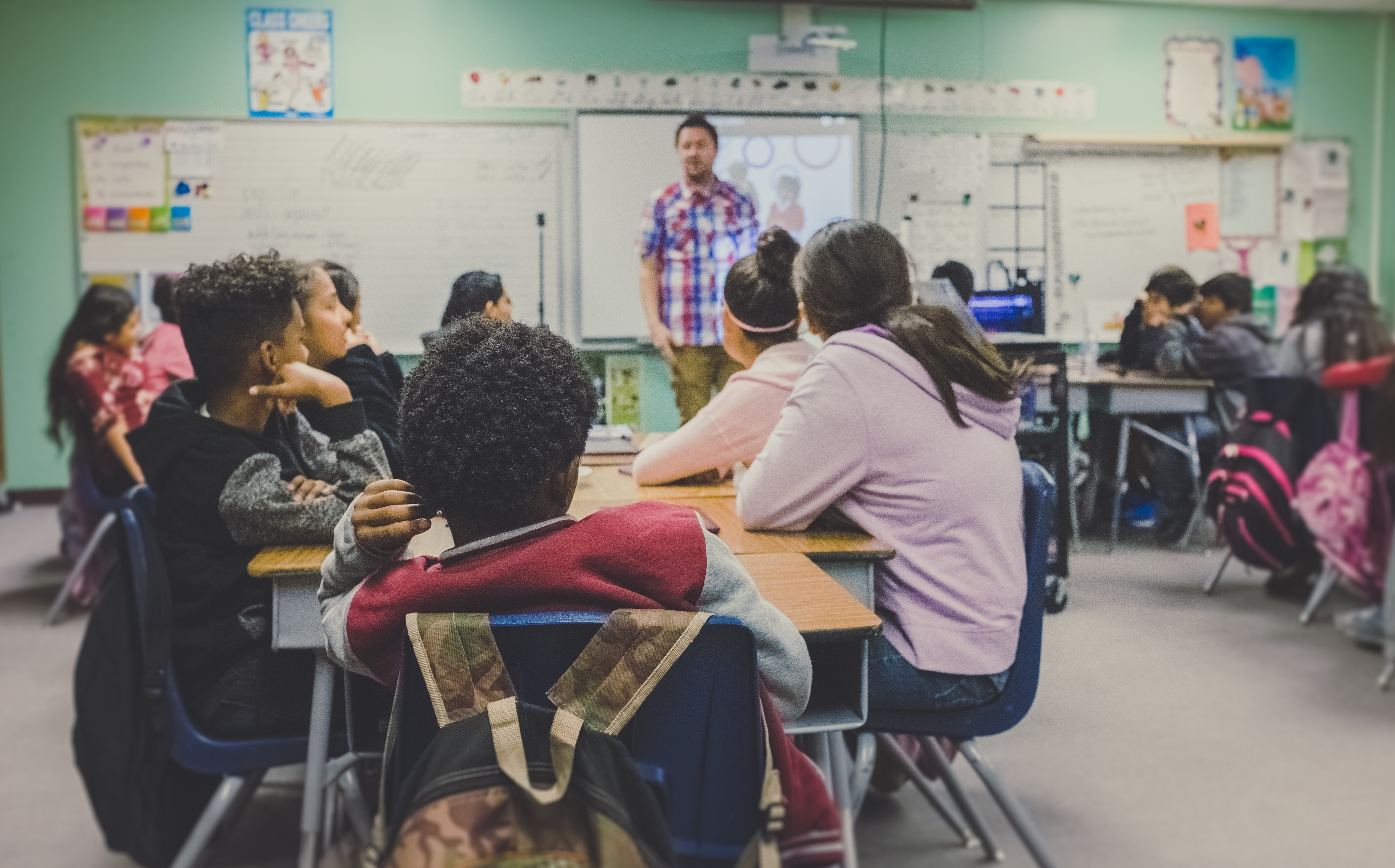Despite positive language about inclusivity in special education, many classrooms neglect to address the needs of every diverse learner. Culturally Responsive Teaching is a solution to this gap and is a viable option for combating the persistent racially and culturally based disproportionality in special education.
disproportionality IN sPECIAL EDUCATION
According to the National Center for Learning Disabilities, compared to any other students, Black students are 40% more likely to be identified with a disability by school personnel. Additionally, only 33% of Black students with disabilities spend the bulk of their day in the least restrictive environment. Comparatively, 55% of white students with disabilities receive support in the least restrictive environment. Our Indigenous and Latinx students with disabilities are also more likely to be taught in restrictive placements and inequitably identified when compared to their white peers.
Culturally Responsive Teaching (CRT) interrupts these trends. CRT is a much-needed research-based approach designed to support educators with culturally, racially, and linguistically diverse and neurodiverse groups of students. The CRT framework transcends just one unit of study and requires more than celebrating holidays.
Creating a culturally responsive special education program means giving our highest-need schools high-quality, diverse, and experienced staff. It means incorporating cultural references and diverse student backgrounds into assessments and all aspects of learning. Cultivating positive and affirming school environments where students and families feel safe, clinicians have empathy, and teachers believe in every student’s success is also another component of culturally responsive special education.
This summer, as educators are building their program plans to start the 2021-2022 school year, here are a few foundational things to keep front of mind to implement culturally responsive special education practices:
Cultural Consciousness
For students and teachers alike, culture impacts how someone interprets, perceives, and conveys concepts. To create culturally responsive special education programming, an educator has to address how their culture impacts their teaching strategies and messaging, including through implicit biases. Taking an introspective look into your bias will help you better understand the perspective of the students and families you serve. Educators who are self-aware and address their biases can better understand the perspective of the students and families they serve.
Classroom Climate
Sensory cues are valuable learning tools in special education and serve the perfect opportunity to incorporate rich cultural references. Teachers can foster a culturally responsive space by using recognizable maps, images, and artifacts in their classrooms. Educators can also use student-crafted projects as displays, and amplify the cultural storytelling of their students. Moreover, by going beyond the visual and thinking about sounds and movements teachers enhance satisfaction within the learning task.
In addition to the physical environment, educators should place attention to the tone and quality of interactions. The classroom climate should be warm and inviting, with abundant opportunities for positive interactions between students and teachers.
Community Learning
Students learn best when they learn in collaboration, not in competition, with one another. Research on cooperative learning indicates significant benefits, including improvements in academic performance, personal efficacy, interpersonal relations, and satisfaction with school.
Educators should utilize group activities where students work together to learn new skills. Transforming lectures into open-ended discussions where every student is involved is another way to add cultural perspective.
Encouraging peer-to-peer learning effectively teaches cultural differences and provides students of ethnically and linguistically diverse backgrounds opportunities to learn how to work together, regardless of their perceived ability.
Culturally Relevant Content and Instruction
Remember, this goes beyond one unit of study, module, or quarterly theme. Educators in culturally responsive special education programs must help students draw a link from all lessons, across subjects, to their unique backgrounds and experiences.
Think about how you relate what you learn to your everyday life. Then it becomes an easy concept to implement. A good example is when students learn how to count with fake money. Instead of using symbols of the U.S. dollar, you can use currency depictions from other countries or have students create their own.
When identifying literacy materials, educators should select those written by ethnically diverse authors that contain images and stories with which students in the classroom identify.
Interrupting the practices that lead to racial and cultural disproportionalities in special education is an attainable goal that requires effort from educators and program leaders. With the right mindset and strategy, we inch closer to equality within a diverse education system. By developing culturally responsive special education programs, we step closer to equitable outcomes. How will you close the gap?
MindWorks Collaborative would love to invite you to learn more about Culturally Responsive Teaching. Join future conversations on this topic by signing up for our community of justice-driven special educators here and sign up to get alerts for our next roundtable.



Recent Comments